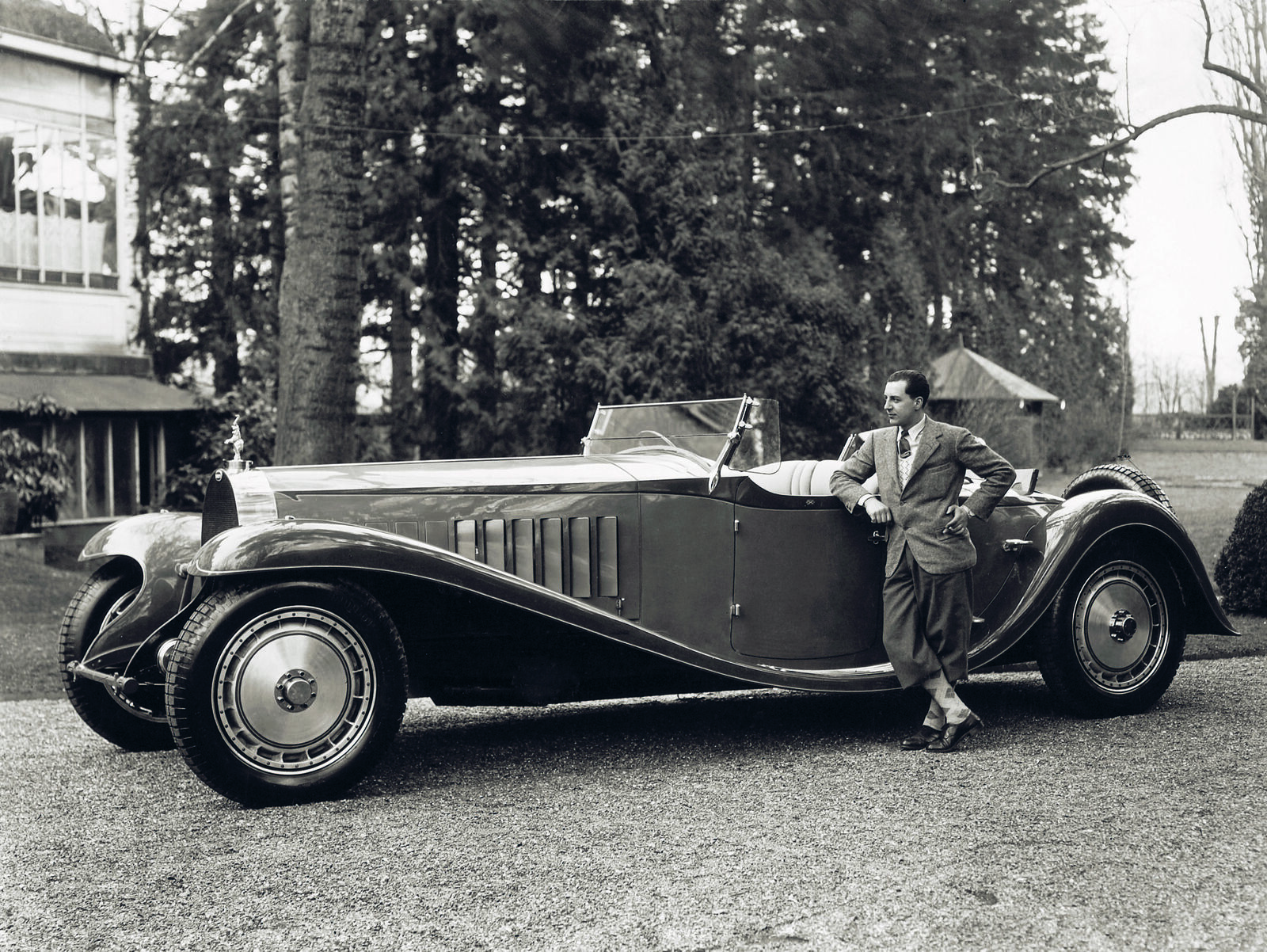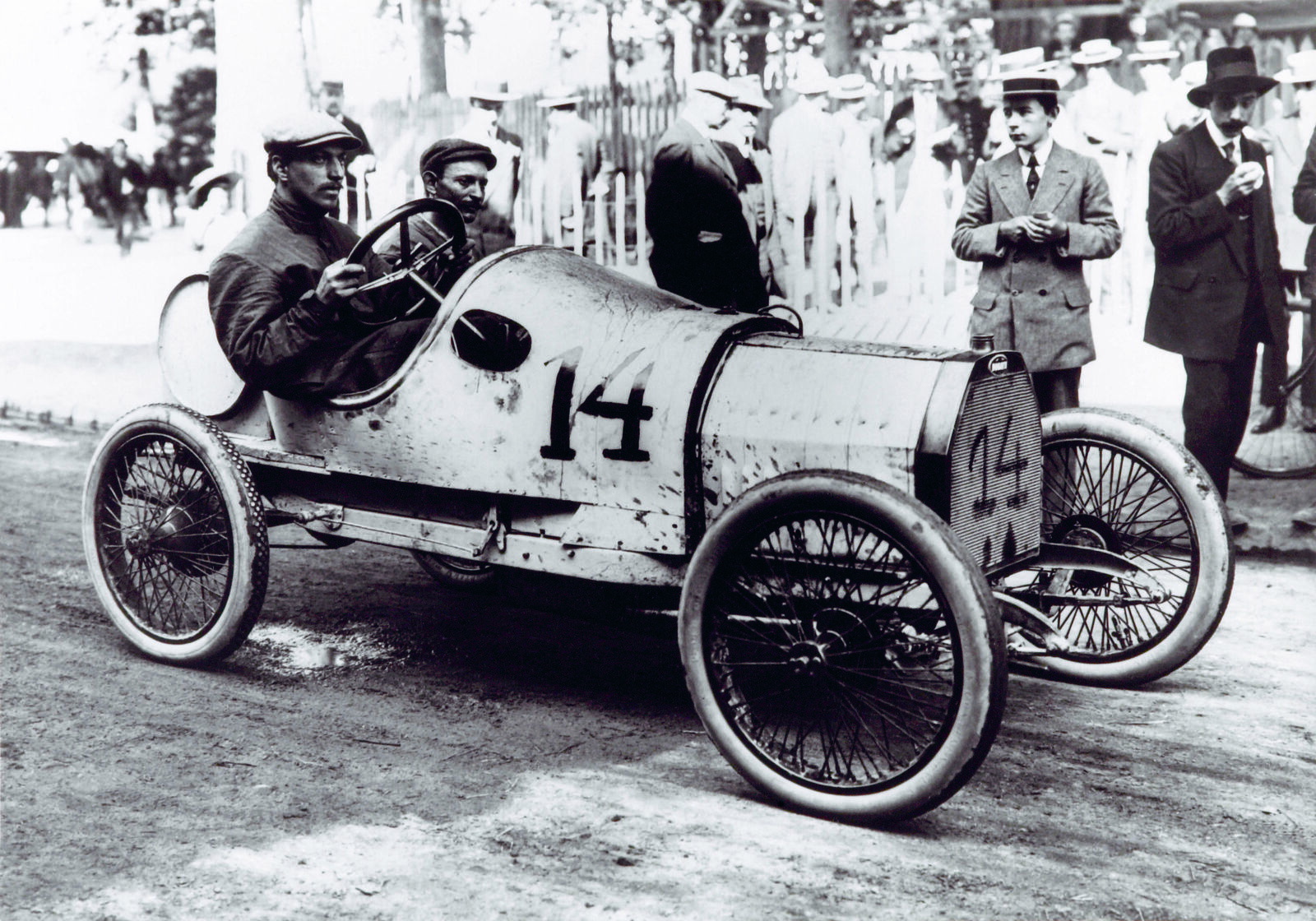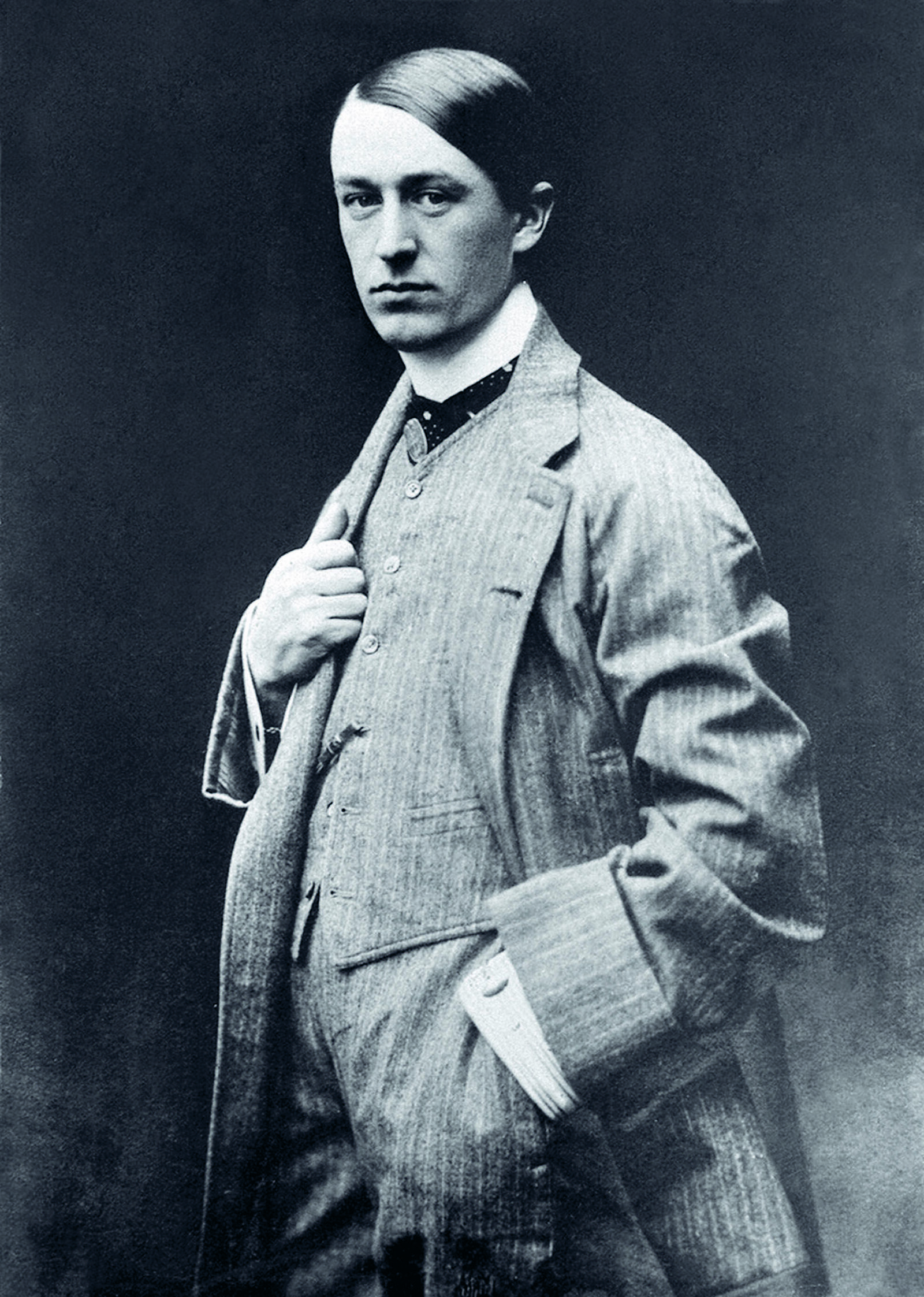The story of founder Ettore Bugatti and his automotive creations reads like the biography of an artist searching for the perfect embodiment of his vision. Born in Milan in 1881, Bugatti first followed a family tradition by starting a course at the academy of art in the city. However, his ambitions did not lie in painting or architecture but focused on technology. As a self-taught engineer, Bugatti had already designed his first vehicle by the age of 20. He subsequently gained experience in almost ten years of training and journeyman, including with two German car manufacturers. In 1909 he rented a decommissioned dye works site in Molsheim in the Alsace region, where in 1910 he began independently building his own vehicles. To secure the capital needed to equip his factory, Bugatti sold licences to his designs to other companies. For example, some 3,000 units of the “Bébé” small car designed by Bugatti rolled off the Peugeot production lines between 1913 and 1916. Despite his success, he dreamt of creating automobiles with the dynamics and elegance of racehorses. The long and successful history of his thoroughbred racing cars started in 1910 with the Type 13.

Even though victory on the race track boosted awareness and sales of the sportsters from Molsheim, Bugatti’s company was anything but profitable. He was always developing new products and these projects devoured the income from the 350 vehicles sold by 1914. In that year, the onset of the First World War brought a temporary end to automobile production at Molsheim. Bugatti made ends meet by designing aircraft engines and selling lucrative licences. As a result, he had the capital required to recommission his old factory in 1919.
The early 1920s were the ideal time for Bugatti to start production again. Modernity was replacing tradition and technology inspired art. Bugatti’s cars seemed ideal for this “golden” epoch. The uncompromisingly aesthetic design of his vehicles was in tune with the spirit of the age and his racing successes underscored the creativity of Bugatti as a designer. The resulting reputation, high standards of workmanship and exclusiveness of his cars, produced in very small series, made Bugattis status symbols of the highest prestige. In addition, the entrepreneur Ettore Bugatti succeeded in tailoring his models to the individual wishes of his prosperous and often famous customers using a kind of modular component kit principle which meant that different chassis could be combined with two engine variants and various types of body.







